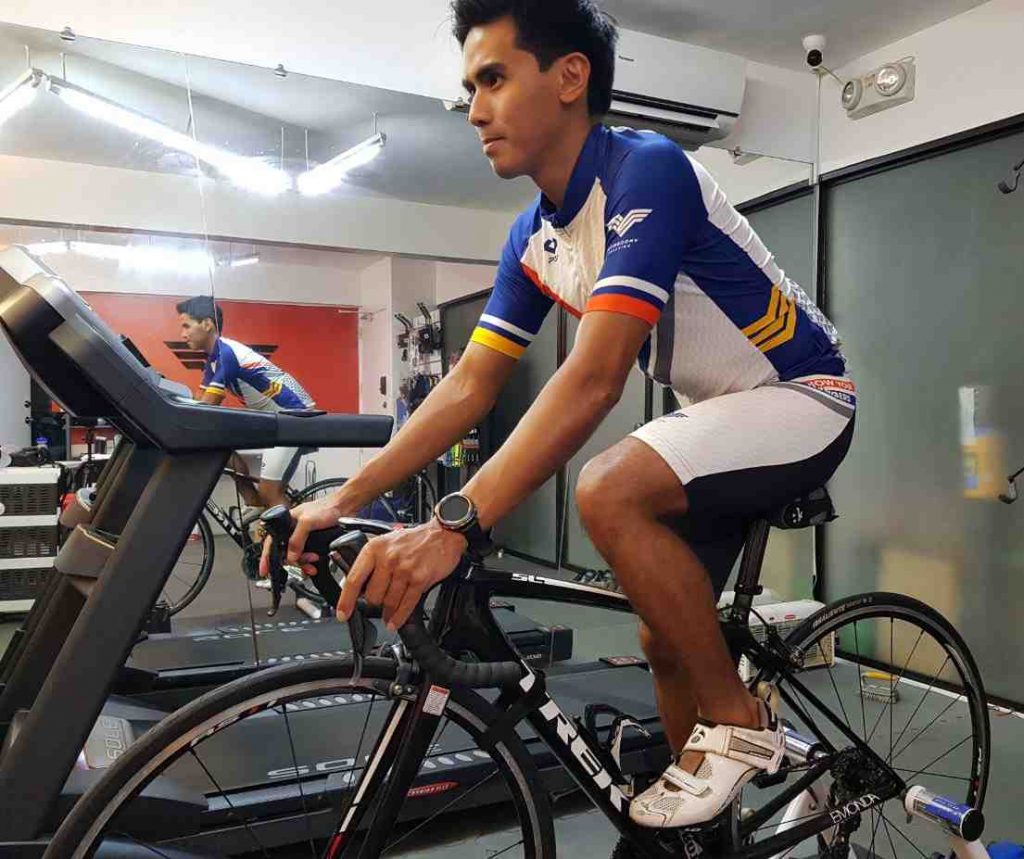It’s no question that triathlons are challenging. Lasting hours at a time, the race demands so much from the human body across swim, bike, and run phases with little to no rest in between each phase. Triathlons require utmost dedication and preparation, and athletes who are serious about their performance are always on the hunt for the right tools and training methods.

This is where Coach Don Velasco’s scientific and data-backed methods come in. A certified ironman coach and consistent top finisher in his age group, Coach Don promotes the use of lactate and metabolic performance testing. “Lactate testing is an assessment to see how lactate or acidity builds up in your body. So as you go harder, your body generates more acidity, which in turn prevents you from going longer or going faster,” he explains.
The goal of these tests is to figure out an athlete’s ideal intensity—one that is the fastest but also the most sustainable. It all comes down to one word: pace.
This is especially important for the cycling phase of the race. Typically the race’s longest section, the biggest challenge in cycling according to Don is maintaining pace and effort while keeping oneself in a fairly uncomfortable yet aerodynamic position.
“You’re hunched over and tucked in. It’s almost like you’re lying down, not like how you regularly ride a bicycle where you’re upright. You’re riding your bike in an aggressive manner, but also pacing yourself, so you don’t burn yourself out too early,” the sought-after trainer says.
In Don’s training lab, the coach is with his athletes on the bike at least three times a week to measure their heart rate and power and to ensure they are aware of their optimum pace.
The right tools play a big part in Don’s data-driven methods. “I ask my athletes to keep an eye on their efforts through heart rate,” the zone training advocate explains. “That ties in very nicely with Samsung Gear Sport. Its built-in heart rate monitor is very useful because it allows you to see whether a particular effort is too easy or unsustainable.”
Sticking to a pace may initially be difficult, but one just has to keep practicing in order to succeed on race day. “From tests we generate guidelines. The guidelines are what they execute in training, and they become more familiar and more used to holding particular efforts for a longer period of time. So come race day, it’s a lot easier for them to execute the game plan perfectly.”
The Gear Sport also has a host of other features for veteran and newbie athletes alike: Stay on top of your diet with its calorie counter. Measure your heart rate to ensure you’re exerting just the right amount of effort. Dive into the pool and let your Gear Sport count your laps for you. And get timely suggestions about stretching—even when it’s not training day.
The Samsung Gear Sport is available in the Philippines at a suggested retail price of PHP 14,990. To know more, you can visit the Samsung Galaxy Studio located at Bonifacio Global City, Taguig or visit our websites, facebook.com/SamsungPH or log on to samsung.com/ph.

